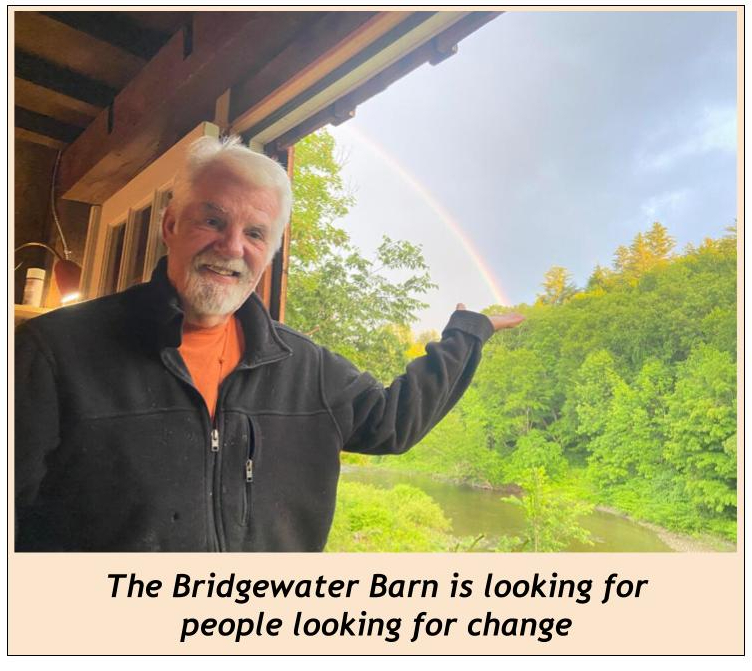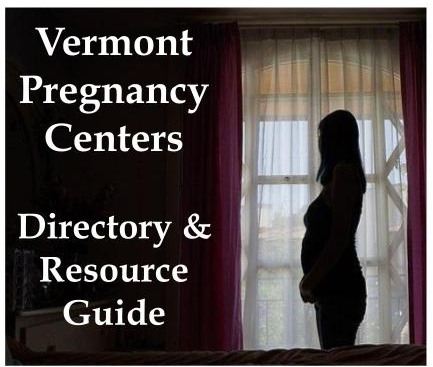
by Tom Evslin, Fractals of Change
- What is Starlink?
Starlink is a very high-speed low latency space-based broadband access service designed for use in rural areas worldwide which lack adequate terrestrial broadband infrastructure. The company Starlink, which offers the service, is a subsidiary of SpaceX, the private for-profit space launch company founded by Elon Musk.
- What speeds does Starlink offer?
During the Beta test Starlink has consistently delivered speeds between 75-100 megabits per second (Mbps) for download and streaming, 20-25 Mbps for upload, and latency of around 40 milliseconds (ms). All these well exceed the State of Vermont’s minimum standards. Starlink says these speeds will improve as they add satellites and upgrade technology, but best to judge by what is demonstrated today.
- Do streaming to multiple devices simultaneously, teleconferencing, and VoIP work over Starlink?
The old satellite services used geostationary satellites, which must be 22,000 miles from earth. Even at the speed of light, it takes a relatively long time for a signal to get there and back, hence the latency. Starlink uses low earth orbit satellites (LEOS), which are only a couple of hundred miles high. The travel time for the signal is not significant.
Yes.
- How can a satellite service have low latency? Older satellite services like HughesNet are unusable for Zooming, phone calls, or even much web browsing.
- What does Starlink cost?
$499 for the initial kit including a WiFi router and everything you need for a ground installation (close to $600 when you add Vermont tax and shipping). $99/month with no minimum commitment or contract. 30-day money back guarantee on everything. There are currently no data caps. There are no higher or lower speed plans currently available.
- Where in Vermont is Starlink available?
It is available everywhere in Vermont although there is currently a waiting period which varies by location. It is designed for use at “the end of the road” since all the required infrastructure is in the sky. Starlink cannot be used where it is not possible to get an unobstructed view of the high sky from west to north to east. The mountains around you probably won’t matter unless you’re in a very narrow valley; the trees in your yard can be a problem.
- How does Starlink get installed?
It is self-installing. Out of the box, Starlink can be set on the ground where there is a clear view of the high sky. In Vermont it doesn’t need to see the southern sky. The dish has a motor and positions itself correctly for its location. You do have to find a way to put a single wire through your wall which then carries both signal and power to the dish. At extra cost, you can buy kits for no-holes roof mounting or pole mounting. You use a smartphone app to set up your WiFi network.
- Is paid installation available from Starlink?
No.
- What happens if the dish is covered by snow or ice?
Doesn’t happen, even in Vermont. The dish is heated.
- How reliable is Starlink?
Beta users generally reported good reliability. There were times when the service was deliberately taken down for adjustment. That shouldn’t happen now that the beta test is over. It is sensitive to obstructions like tree limbs which typically cause 5-15 second outages (you freeze on Zoom). Choosing a good location for the dish is critical.
- Does Starlink degrade in bad weather?
Not noticeably. Unlike satellite TV or service from wireless ISPs, where the radio signals travel almost horizontally, the Starlink signal is going almost straight up so is through the weather in just a few miles. TBD how much it would be affected by a thunderstorm directly overhead.
Starlink is far more reliable than any terrestrial service in a weather emergency so long as you have backup power at your location. The satellites are far above the weather which may topple telephone poles or bring down the lines. They are solar powered so remain in operation indefinitely, unlike the towers of cellular operators and wireless ISPs (WISPs) which can run out of fuel for their generators in a prolonged emergency.
- Is Starlink service likely to degrade or have data caps added as more users are added to the system?
Probably not. So far Starlink is limiting the number of new signups to the number of people in each area they can serve without degrading service. They have over 1000 satellites in orbit today – each satellite circles the earth every ninety minutes. 700 of these satellites are operational and the remainder are being positioned for service. Starlink launches 60 new satellites approximately every two weeks on SpaceX reusable rockets.
- When is Starlink the best choice for broadband in Vermont?
Dr. Fauci says the best vaccine is the one you can get now. The same is true of broadband service.
If fiber runs by your house and you can have it installed NOW at a reasonable price, it is probably the best option for you.
If you can get enough bandwidth for your needs NOW from a wireless ISP at less cost than Starlink, you may want to do that even though you won’t get the same speed you’ll get with Starlink.
If you don’t currently have cable or excellent wireless ISP service and neither a fiber build or wireless ISP tower is firmly scheduled for this summer for your location and you can afford it and you can see enough of the sky, you ought to order Starlink. It is certainly better quality than DSL from Consolidated if you have that option.
The Starlink service is about on a par today with what you might get from a cable company unless they are suppling fiber. It is about the same cost as fiber plans offering similar speeds – although this may be more speed than you need.
14.Is Starlink an opportunity for Vermont?
Starlink is an opportunity which many Vermonters are already taking advantage of on their own either because they have no other broadband service available or because they’re not satisfied with their existing choices. Starlink is being used in locations which are shown on the most current maps from the Department of Public Service as having no service available which meets the State’s minimum standards. Many more Vermonters are on the waiting list for Starlink
Without Starlink, there is no way to get broadband access NOW in places where it is most needed. With Starlink, the problem of accessibility becomes a problem of affordability
.
- Is a subsidy from the State needed to bring Starlink infrastructure to unserved parts of Vermont?
No. The common infrastructure for Starlink is the satellites SpaceX is launching and the Starlink-built ground stations around the world. Your dish and associated electronics don’t depend on any terrestrial infrastructure in the State.
From a public policy point of view, it may well be desirable for the State to subsidize the one-time costs of hookup to services which are available now including Starlink where no other high-quality services are available.
- The legislature has authorized towns to form and join Communications Union Districts (CUDs) in order to bring broadband access to the places which don’t have it. Will Starlink make it impossible for the CUDs to perform their mission?
No. The mission of the CUDs is to bring broadband to unserved Vermonters. Prior to the advent of services like Starlink, it was assumed that this meant bringing fiber to every home. CUDs other than ECFiber, which is already in operation, are not promising to get fiber to end-of-the-road locations which most need broadband for at least four years and even then at a very high infrastructure cost – often estimated at more than $3000 per house and escalating the less dense the neighborhood is.
The CUD mission of highspeed broadband everywhere in Vermont is made easier – and achievable sooner – with the option of using Starlink. CUDs can expand fiber out from the hubs without asking those at the end of the road to wait four years or more.
The CUD mission should not be limited to fiber as a solution. Starlink is a useful option for accomplishing the connectivity mission NOW. Those now ordering Starlink now are not waiting for fiber to reach them. If fiber does come to their neighborhoods at a reasonable cost and/or offers better service than Starlink, they can and will switch to the fiber provider. If fiber is not able to offer them better price performance, there is no point in building out the infrastructure.
- How do we know Starlink works in Vermont?
News stories on WCAX, in Seven Days, and on VPR cite successful installations. Reports on Stowe Front Porch Forum indicate generally good results. There is a very large Starlink community on Reddit where successes and failures are discussed. Many of these users are in climates more extreme than Vermont.
NEK Broadband, a communications union district in the Northeast Kingdom, is taking a survey of user experience with Starlink in Vermont. The results will be made public. If you have installed Starlink, it would be helpful if you could take a couple of minutes to complete this survey about your experience with the service: https://bit.ly/3aydnBZ . In addition, if you have friends in Vermont who have also installed Starlink, please consider bringing this survey to their attention by forwarding the link.
- How do I order Starlink.
www.starlink.com. You must make a $99 refundable deposit with your order.
- How soon will an order be fulfilled?
This depends on your address; Starlink is rationing fulfillment to make sure the service is not locally overburdened. Starlink will give you an indication of availability before you put your deposit down.
These FAQs were prepared by Jock Gill of Peacham and Tom Evslin of Stowe. They are accurate as of this date to the best of our knowledge. Neither of us have any financial interest in nor business connection with Starlink or any affiliated company. For more information see the official Starlink FAQs at https://www.starlink.com/faq.
Categories: Commentary







Where I live, there is only one internet provider. The service quality and speed is average. It is sketchy when the weather is bad. Starlink is much more reliable and gives me speeds up to 3x regular internet. Fiber is only available in town. I applaud Elon Musk for doing what the communication companies have neglected to do. Set up is plug and play, so you well be up in a few minutes. The main thing is permanently installing the coax to the antenna. It is worth every cent.